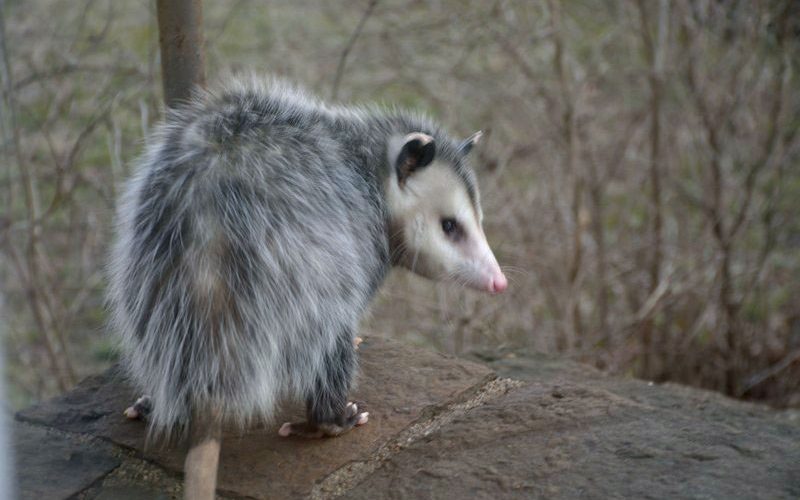Funny-looking marsupial actually good to have around
AMANDA BANCROFT
Making Ripples
The opossum is a marvelous marsupial — in fact, the only marsupial found north of Mexico! As if its appearance isn’t unusual enough, the opossum has several unique traits that most of our local wildlife don’t share. Plus, it may offer some benefits to human health.
In one study by the Cary Institute for Ecosystem Studies, opossums can kill more than 95 percent of the ticks that try to feed on them, or an estimated 5,000 ticks per season. This includes ticks which carry Lyme disease, although the extent an opossum’s tick consumption could protect humans from the disease (by reducing the carriers) is inconclusive. We need further studies, but it’s certainly a step in the right direction to have an opossum around eating ticks!
Besides being a tick vacuum, opossums are marsupials, meaning “pouched mammals.” Females have 13 nipples arranged like a bull’s eye (12 in a circle, one in the middle) as well as their bifurcated vagina, divided uterus and their marsupium, or pouch. Matching this, males have a forked penis. Gestation lasts merely two weeks, and the young joeys are born vulnerable. They climb into the mother’s marsupium to attach to one of her teats, although females often give birth to far more young than they have nipples to feed, so many don’t survive. They’re weaned and leave the pouch within 70 to 125 days, according to Wikipedia.
The lifespan and brain size of the opossum are both less than expected. Opossums have smaller brains than their body size would normally dictate, and they only live about two years in the wild or four years in captivity. Mistaken for rats, they’re not even rodents. Their lower body temperature compared to placental mammals might be the reason they are resistant to rabies and rarely transmit diseases to humans.
Opossums can’t tolerate cold winters and are generally larger in size in the northern parts of their range (as animals within many species tend to be, as an adaptation to cold). Yet they’ve extended their range north in the past 100 years or so, due to the warming of northern regions as well as humans deliberately introducing them in certain areas. They don’t hibernate, but they do seek out shelter during particularly cold spells.
They have hairless prehensile tails which they use to grab branches and even carry tiny objects, although you won’t see one hanging upside down from a tree. They have more teeth than any other North American mammal (50 of them, to be exact). They also have opposable thumbs on their rear feet. You may have noticed an opossum eating your garbage or pet’s food if left outside on the porch, but they primarily subsist on an omnivorous diet of fruits, insects, earthworms, carrion, birds, grains and more. So don’t be freaked out the next time you see an opossum; they’re amazing animals and may be lending us a hand (or mouth).
Amanda Bancroft is a writer, artist, and naturalist building an off-grid cottage for land conservation on Kessler Mountain. She and her husband Ryan blog about their adventures and offer a solar-hosted online educational center on how to make a difference with everyday choices at www.RipplesBlog.org.










